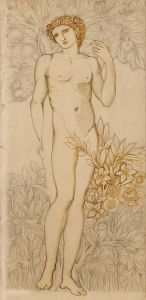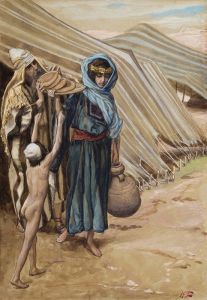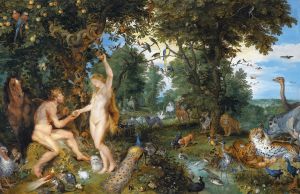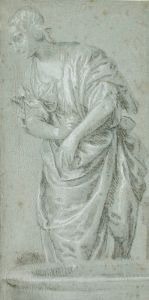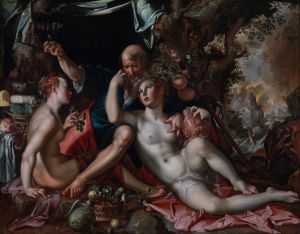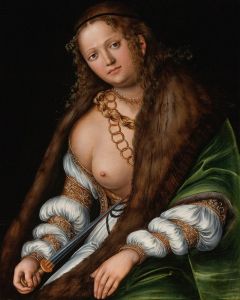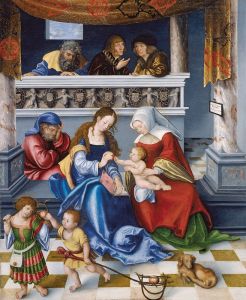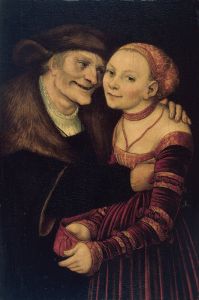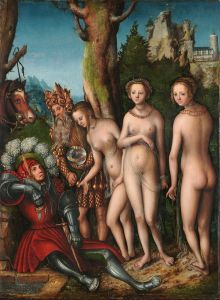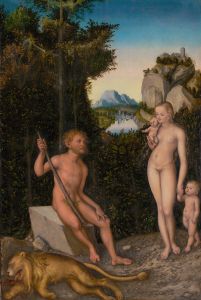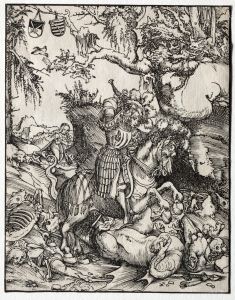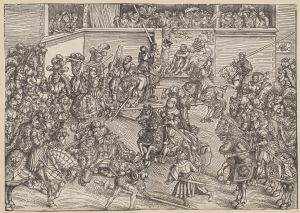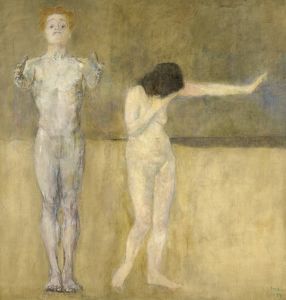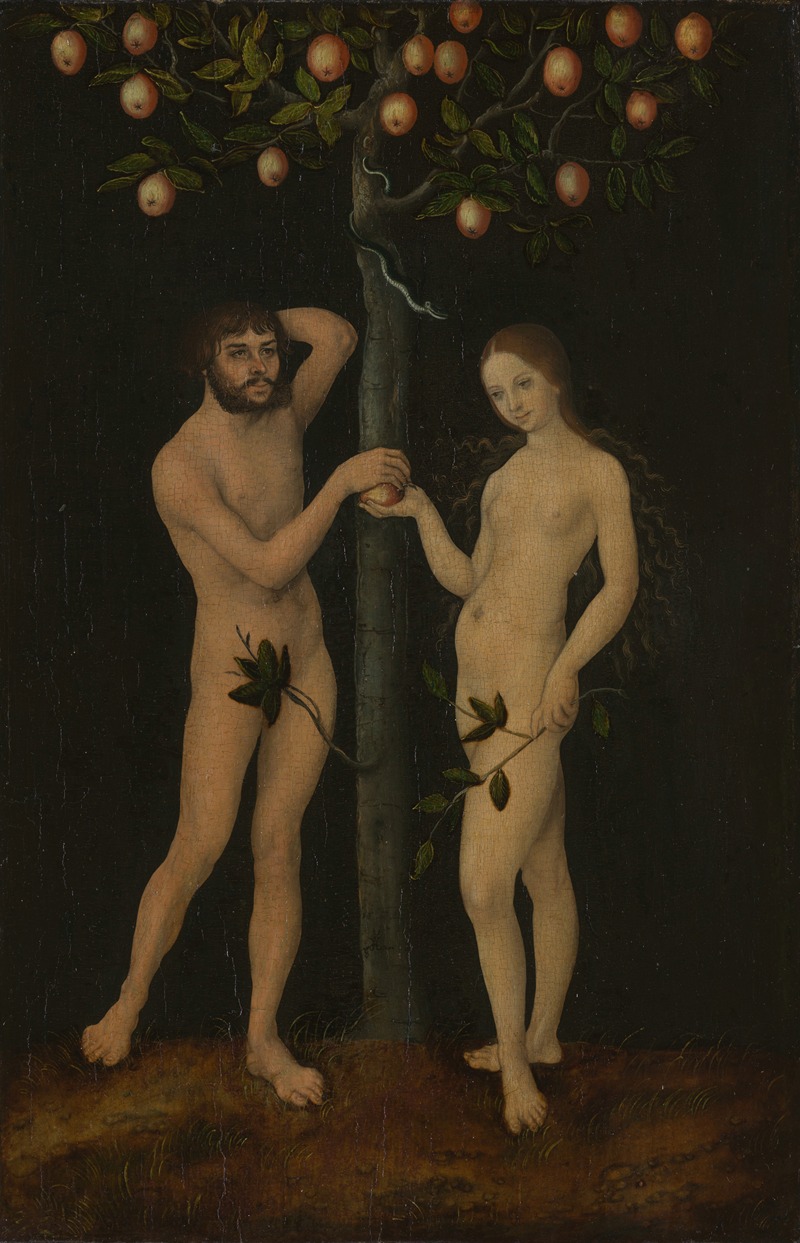
Adam and Eve
A hand-painted replica of Lucas Cranach the Elder’s masterpiece Adam and Eve, meticulously crafted by professional artists to capture the true essence of the original. Each piece is created with museum-quality canvas and rare mineral pigments, carefully painted by experienced artists with delicate brushstrokes and rich, layered colors to perfectly recreate the texture of the original artwork. Unlike machine-printed reproductions, this hand-painted version brings the painting to life, infused with the artist’s emotions and skill in every stroke. Whether for personal collection or home decoration, it instantly elevates the artistic atmosphere of any space.
Lucas Cranach the Elder, a prominent German Renaissance painter, created several depictions of the biblical story of Adam and Eve. These works are among his most well-known contributions to religious art and reflect his distinctive style, which combines detailed naturalism with a sense of elegance and grace. One of his notable paintings titled Adam and Eve was completed around 1526 and is now housed in the Uffizi Gallery in Florence, Italy.
The painting portrays the moment in the Book of Genesis when Adam and Eve are tempted by the serpent in the Garden of Eden. Cranach's depiction is characterized by its attention to detail and symbolic elements. Adam and Eve are shown standing on either side of the Tree of Knowledge, with the serpent coiled around its trunk. The serpent, often depicted as a hybrid creature in Cranach's works, has a human-like head, emphasizing its role as a tempter. Eve is shown handing the forbidden fruit to Adam, symbolizing the pivotal moment of the Fall of Man.
Cranach's Adam and Eve reflects the influence of both Gothic and Renaissance artistic traditions. The figures are rendered with a sense of idealized beauty, typical of Renaissance art, but the composition and some stylistic elements retain a connection to the earlier Gothic style. The background features a lush, detailed landscape, which was a hallmark of Cranach's work. The animals depicted in the scene, such as a stag and a lion, are often interpreted as references to the harmony of creation before the Fall.
Lucas Cranach the Elder was a court painter to the Electors of Saxony and a close associate of Martin Luther, the leader of the Protestant Reformation. His works often reflect the theological concerns of the time, though his Adam and Eve paintings are more traditional in their adherence to the biblical narrative. Cranach produced multiple versions of this theme throughout his career, and each version varies slightly in composition and detail.
The Adam and Eve painting in the Uffizi Gallery is a prime example of Cranach's ability to combine religious storytelling with his unique artistic style. It continues to be studied and admired for its historical and artistic significance, as well as its role in the broader context of Renaissance art.





